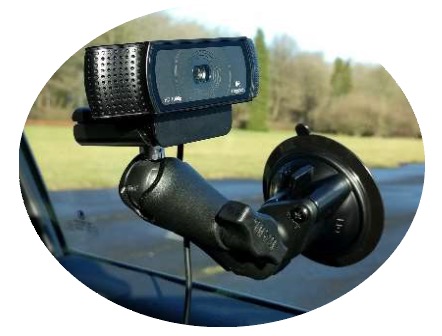ADAS testing solution
Nowadays, many mainstream cars are equipped with Advanced Driver Assistance Systems (ADAS), and testing this system requires special equipment and capabilities, usually including the ability to control the relative positions between cars. With EuroNCAP (European New Car Safety Assessment Association) and NHTSA (National Highway Traffic Safety Administration) prioritizing the use of this technology to alert drivers of impending collisions, our robots have been widely adopted worldwide and are the primary choice for ADAS testing.
Common requirements for ADAS testing:
Can you travel along a predetermined path with centimeter level accuracy?
2. Accurately control the vehicle's speed to follow the set speed curve?
Can you brake at a fixed deceleration?
4. Accurately control the relative distance in the X and Y directions between two vehicles?
5. Can a specific event be triggered when multiple conditions are met?
ABD solution:
1. Path following - The path following function of the robot system can guide the vehicle to travel along a predetermined path with a control accuracy of 2cm at a speed of up to 220km/h.
2. Vehicle Speed Control - Provides a series of pedal robots for precise control of vehicle speed, with a speed control error of less than 0.5km/h (depending on PID tuning).
3. Accurate braking - using a braking robot or CBAR, stable and accurate braking inputs can be achieved for automatic emergency braking (AEB) and front collision warning (FCW) testing requirements. There are a series of control modes available, including pedal travel, pedal force, and vehicle deceleration control.
4. Relative position control between vehicles - For many types of ADAS development and testing, precise synchronization of more than one vehicle is crucial. We offer many vehicle synchronization solutions: (1) Longitudinal distance control: VBOX ADAS or RT Range; (2) Simultaneously achieving horizontal and vertical distance control: Sync mode.
5. Settable triggering conditions - for example, when one or two triggering conditions are met simultaneously, or when the triggering conditions reach and remain for a period of time before starting to execute the preset event.
Completed ADAS testing:
◆AEB testing - EuroNCAP regulations;
◆FCW front collision warning;
◆Intersection collision warning;
◆ Seat belt tensioning - caused by rear end accidents;
◆NHTSA brake testing regulations;
◆ Automatic parking system testing;
◆ Pedestrian safety;
◆Lane changing auxiliary decision-making system - ISO1738;
◆ ACC adaptive cruise control - Cut in/Full out test - ISO15622;
◆AEB testing - C-NCAP protocol;
◆LDW lane departure warning - ISO17361 and NCAP;
◆LKA and LSS lane keeping system testing;
◆BSD blind spot detection system testing;
◆AES automatic emergency steering system test.
We also provide a series of controllable soft target systems that can synchronize with robots or manually driven vehicles to reduce the risk of damage to the test vehicle during ADAS testing.
Minimum configuration required for ADAS testing:
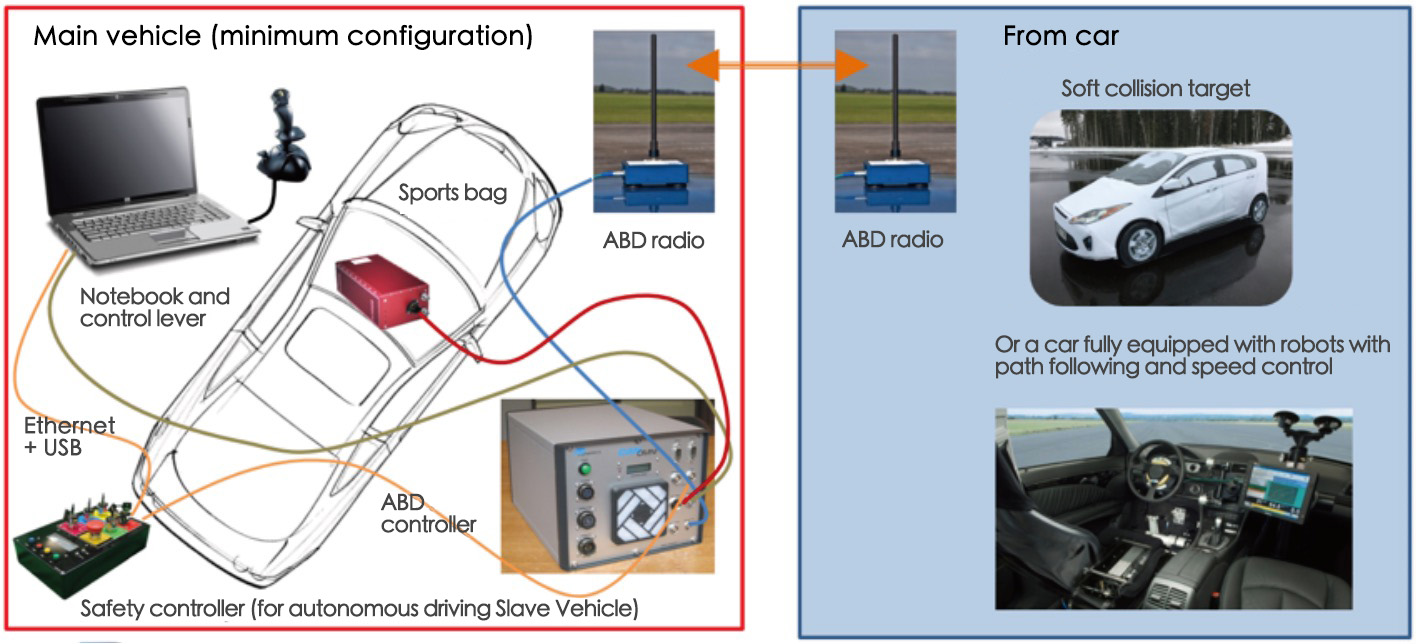
GST (Guided Soft Target Vehicle)
The Mk2 Guided Soft Target Vehicle (GST) is a new generation platform designed for testing advanced driving assistance systems (ADAS) in vehicles. The Mk2 GST features all the advanced features of the first generation GST design, while also having an extremely low height of 100mm. This guided soft target vehicle is a collaborative product between us and Power Research Co., Ltd. (DRI). This product integrates DRI's rolling platform concept with our leading path following and synchronous control technology.
The design of Guided Soft Target Vehicles (GST) enables high-speed collisions to be achieved without causing significant damage to the test vehicle. It consists of a low profile chassis (LPC, from which vehicles can roll) and a detachable foam panel body (GVT). When the test vehicle rolls over this low profile vehicle, the wheels will retract into the chassis to protect the GST suspension and minimize the possible impact on the test vehicle's suspension.
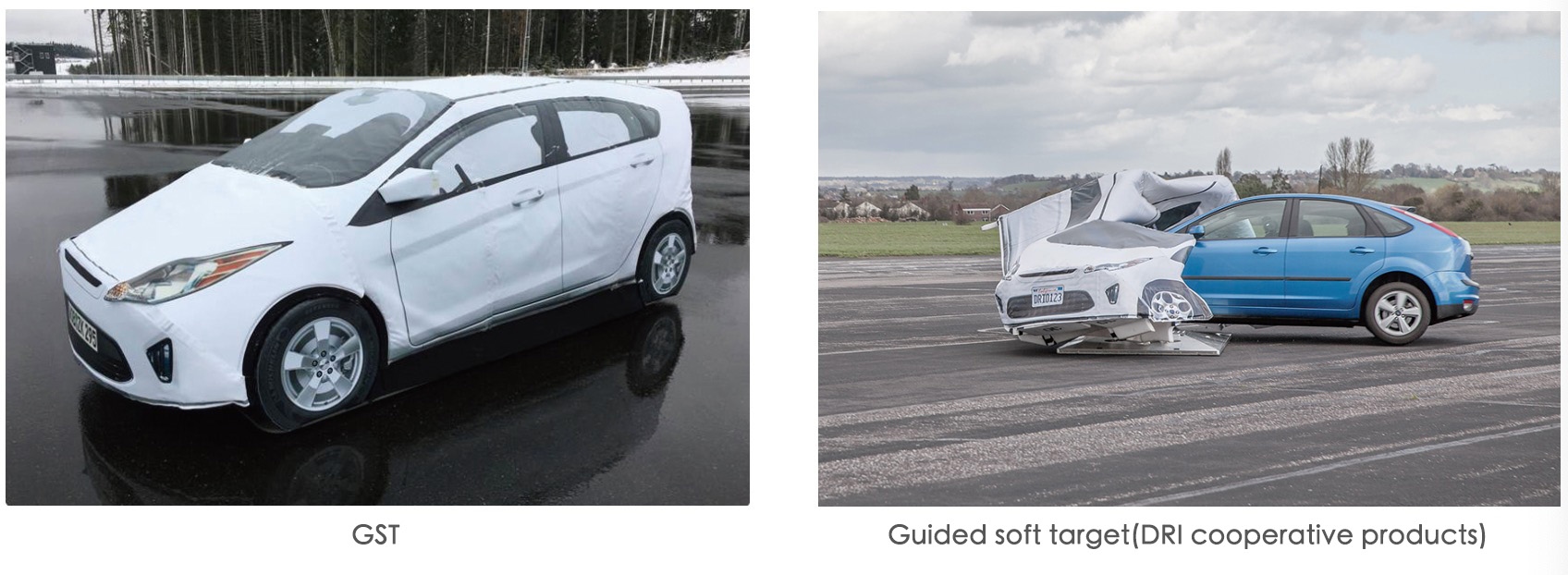
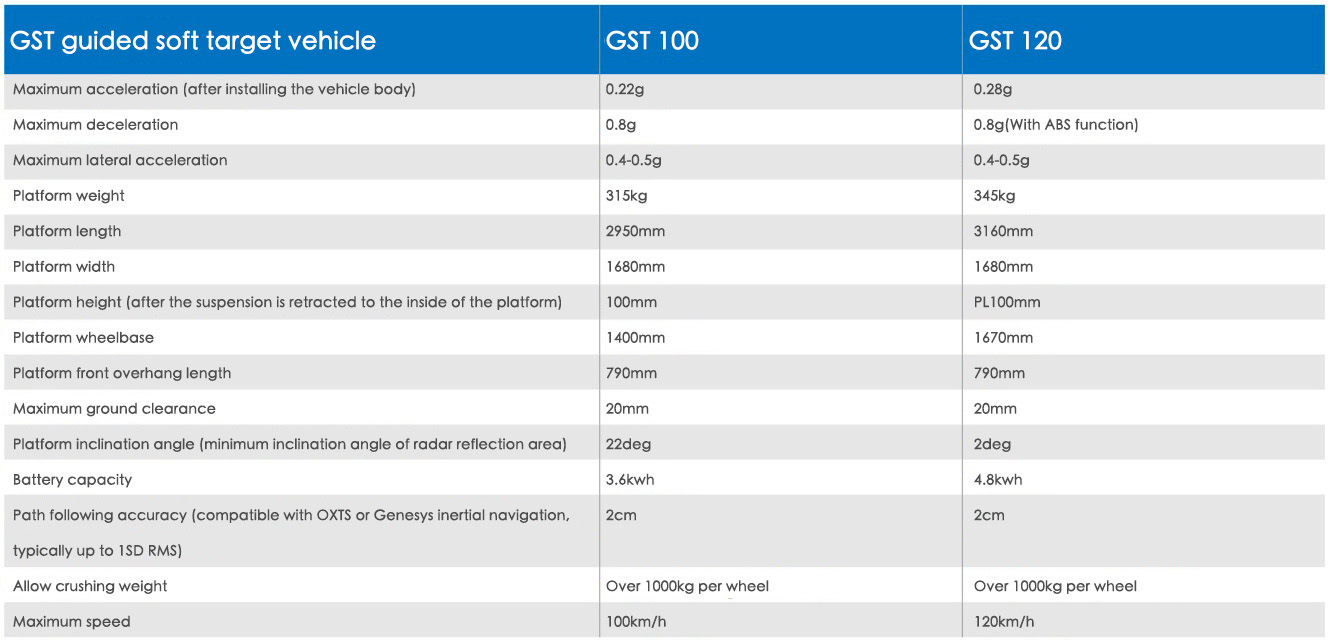
Guided Soft TargetTM 120 (GST 120TM)
GST 120 is currently the most powerful target vehicle system available for testing advanced driving assistance systems (ADAS) in automobiles. The maximum speed of GST 120 can reach 120km/h, which is the only product in the market that can test the highway auxiliary system and auto drive system on the real highway.
The initial GST design of GST 120 shares many leading features with AB Dynamics and is widely used in Euro NCAP testing. Thanks to its height of only 100mm, it can operate at speeds of up to 120km/h and is equipped with a leading 4.8kWh battery in its class.
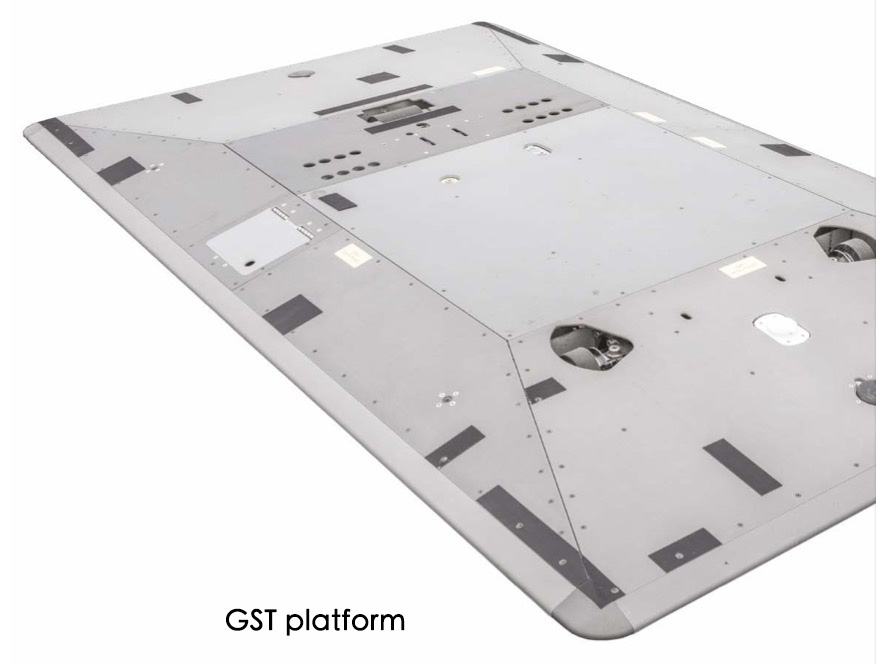
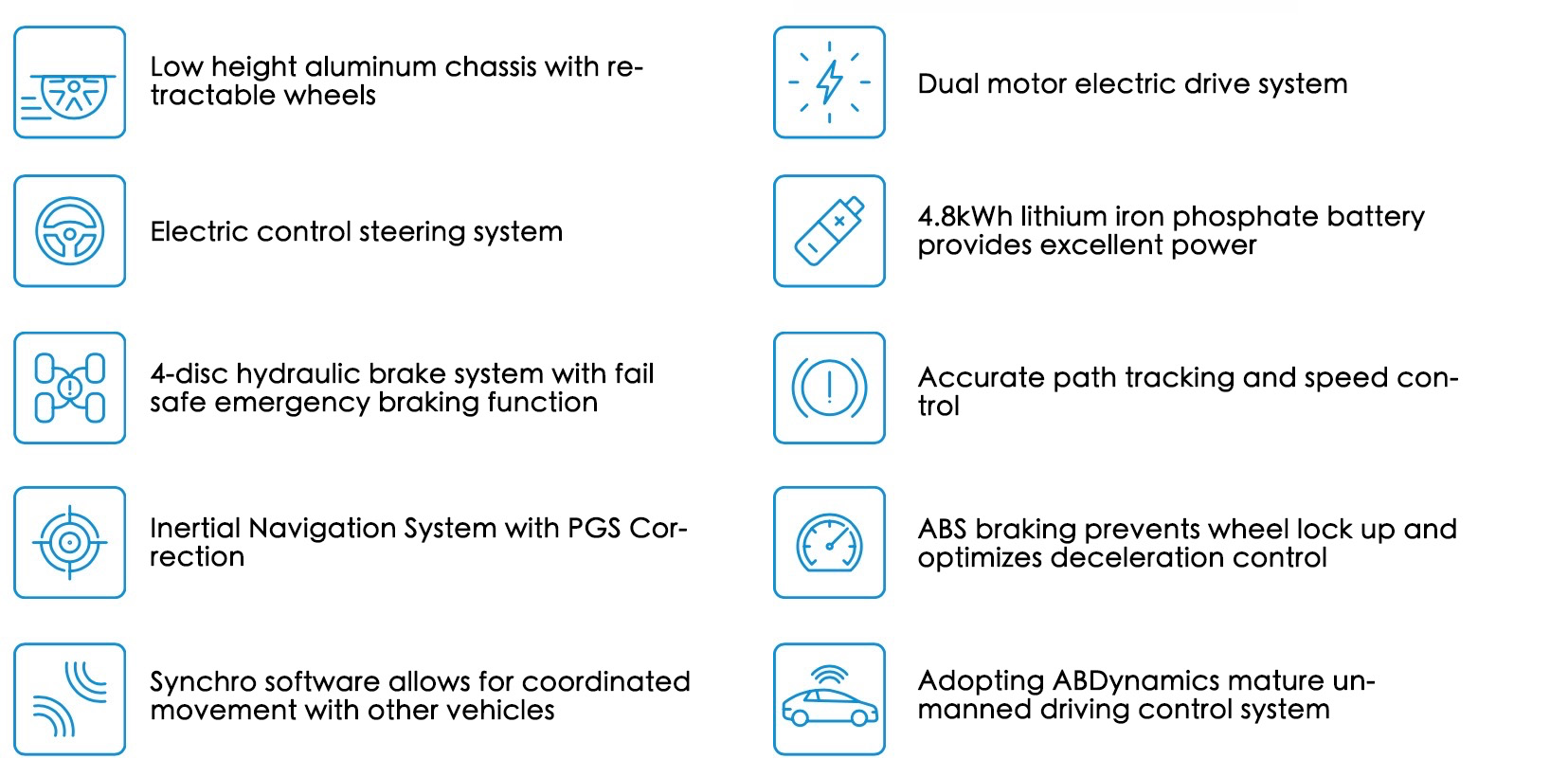
GST 120 can conduct high-speed collision tests without causing serious damage to the test vehicle. It consists of a GST platform that can be driven from above and a separate foam panel body (GVT, the global vehicle target of the Soft Car 360 harmonized standard). When the vehicle passes the platform, the wheels will retract into the chassis to protect the suspension of the platform and generate as little impact input as possible on the suspension of the test vehicle.
By using an electric motor with an onboard battery to propel the vehicle, the control system of the GST platform can accurately guide the vehicle to travel along a pre programmed route at a specified speed. The batteries used to power the system will provide sufficient power for a typical day of testing, and during testing intervals, they can also be connected to a suitable power source for easy charging.
The controller will use the position feedback provided by the high-precision GPS corrected inertial navigation system to achieve precise path following control. The time signal provided by GPS devices will be used to ensure precise millisecond level synchronization, which is essential for precise and repeatable collisions and close range scenarios.
GST can be controlled through the radio of the same remote base station used in the AB Dynamics standard unmanned driving test system. By using the same system as AB Dynamics robots, GST can be used simultaneously with other vehicles to create complex multi vehicle testing scenarios. AB Dynamics' mature path following and synchronization control technology enables seamless integration of GST 120 with all existing AB Dynamics track testing products.
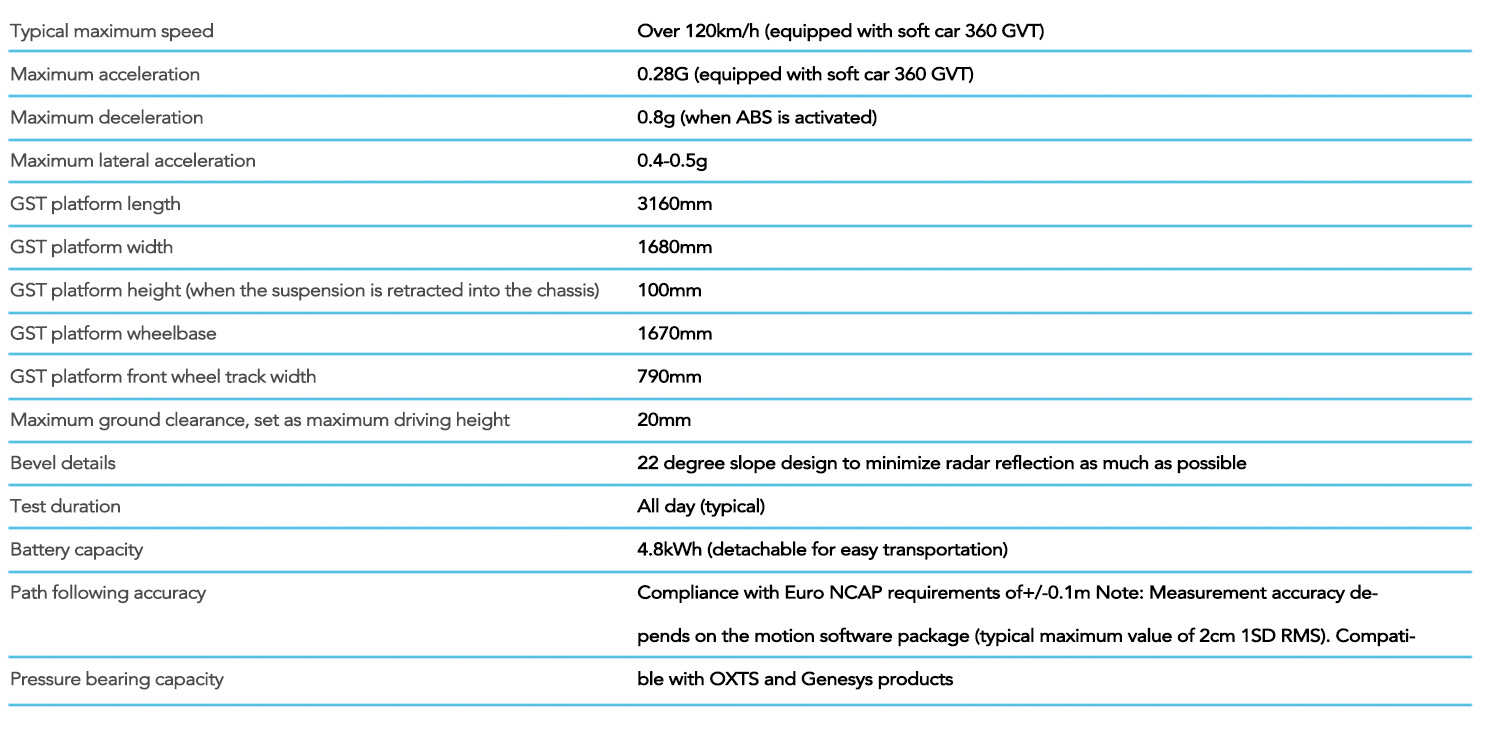
LaunchPad
LaunchPad is a compact power platform designed to carry road vulnerable user (VRU) soft targets, suitable for vehicle ADAS development and testing. It has a maximum speed of 50km/h and complete path following ability, suitable for pedestrian, bicycle, and two wheeled motorcycle models. And compatible with synchronization systems and synchronization modes, it can achieve synchronization testing with test vehicles or other ADAS testing objectives.
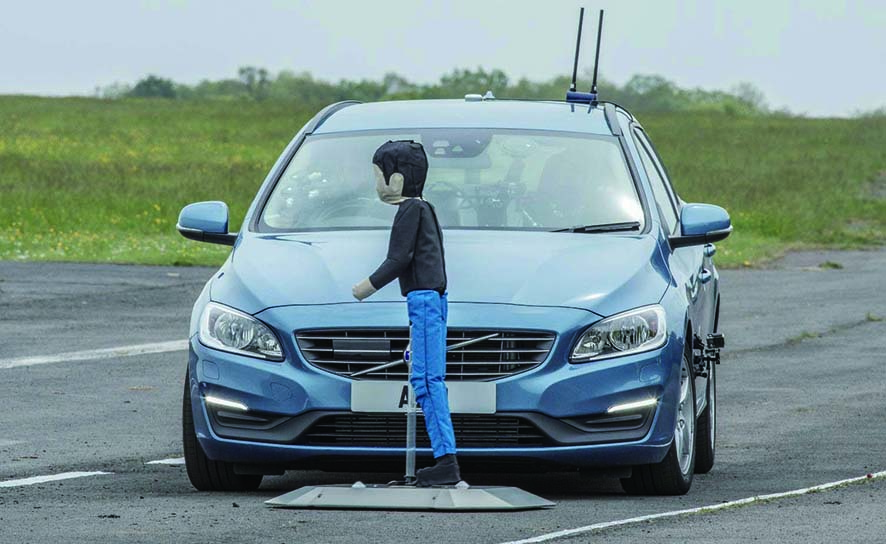
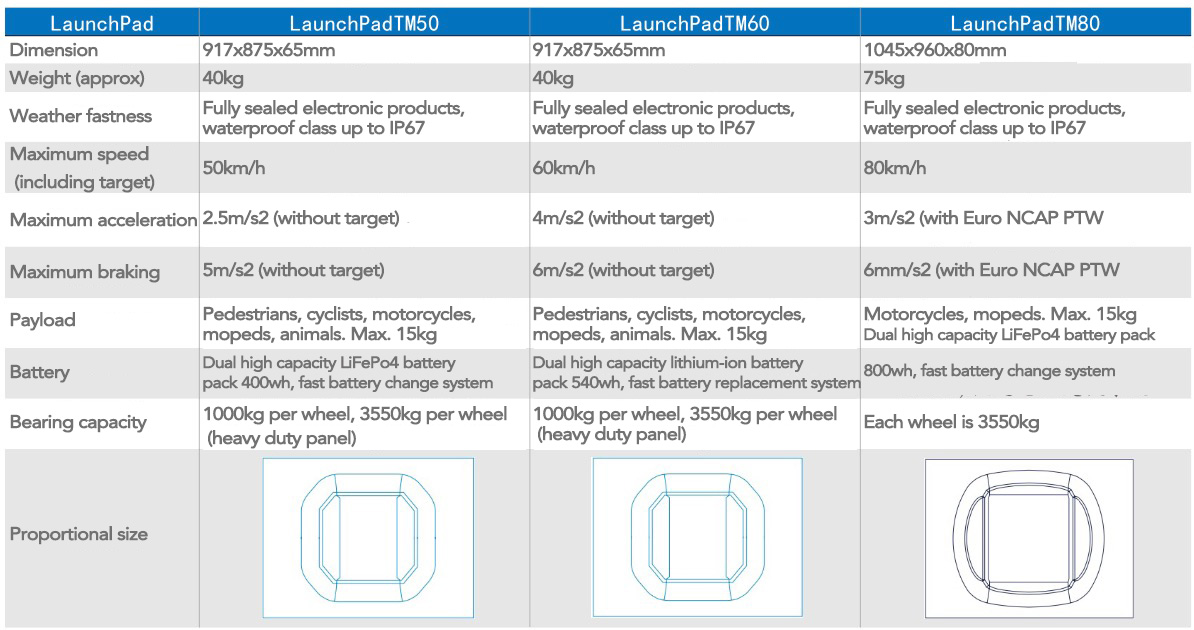
LaunchPadTM Spin
LaunchPad Spin is an ADAS target platform that elevates the operability level of VRU testing to new heights. Its ability to turn on the spot and turn with one wheel allows it to rotate 360 degrees in an instant, so your test can highly replicate the common behavior of pedestrians changing directions quickly in the real world. In addition, its maximum speed is 30 kilometers per hour, which allows it to test scenarios related to bicycle riders and electric two wheeled bike riders.
LaunchPad Spin is an important tool to enable your development plan to leap from basic regulation testing of ADAS functions to the complex perception and classification required by auto drive system.
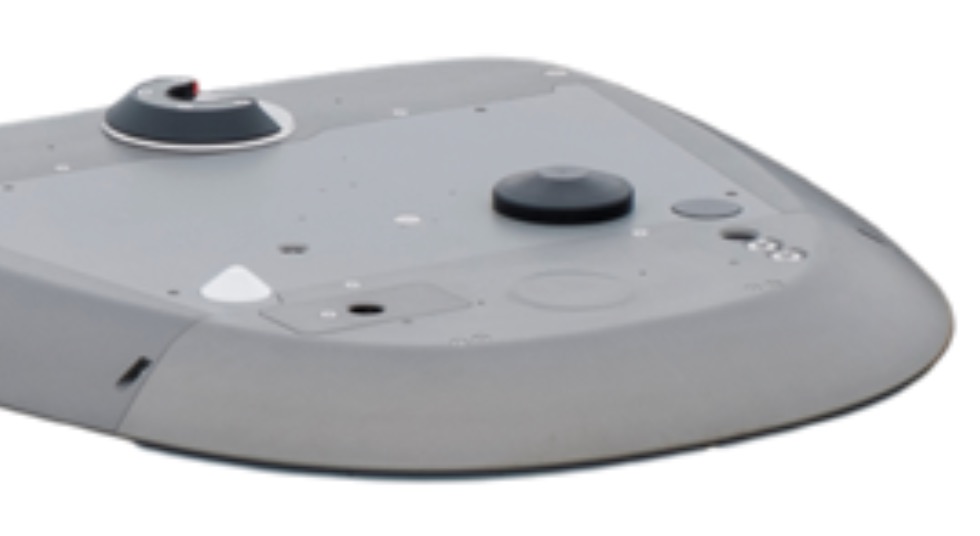
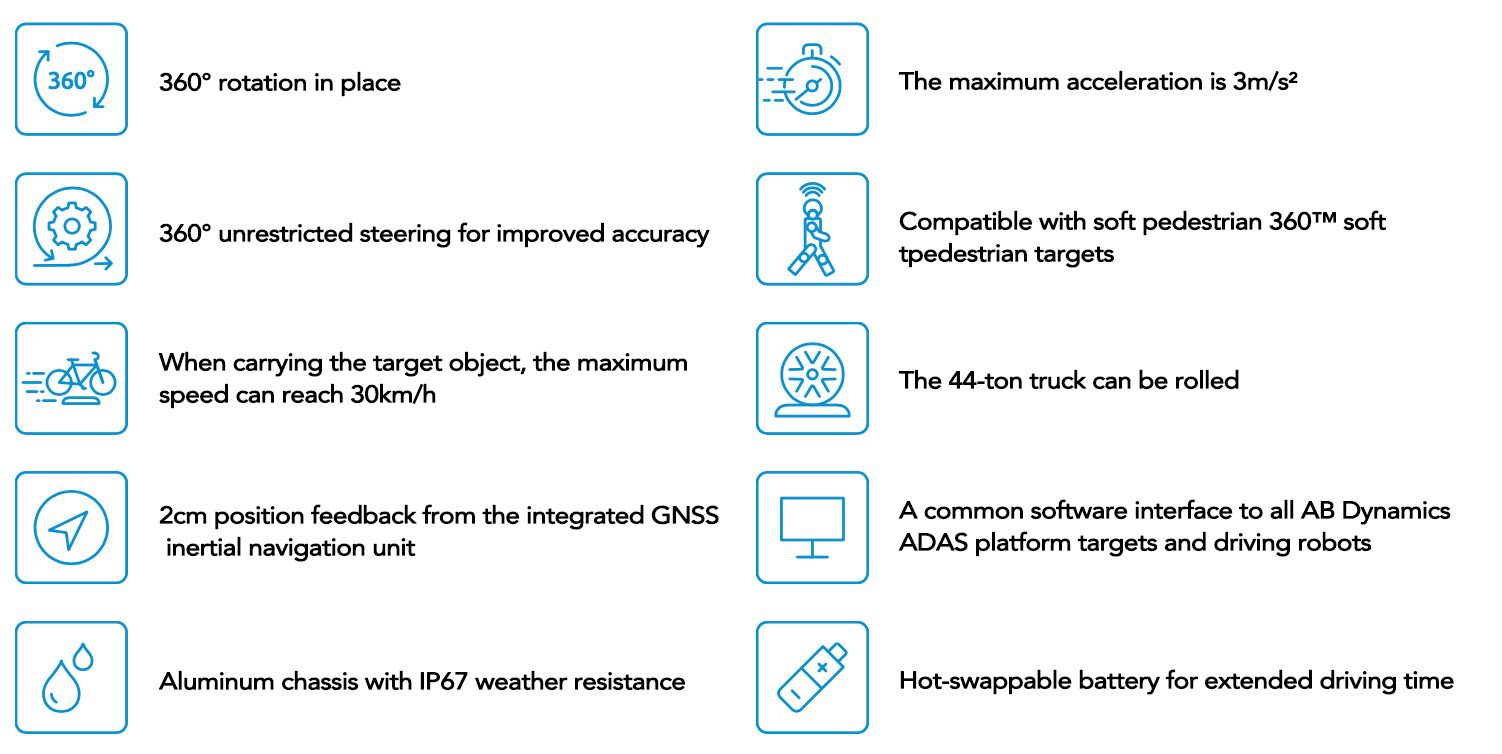
Technical specifications

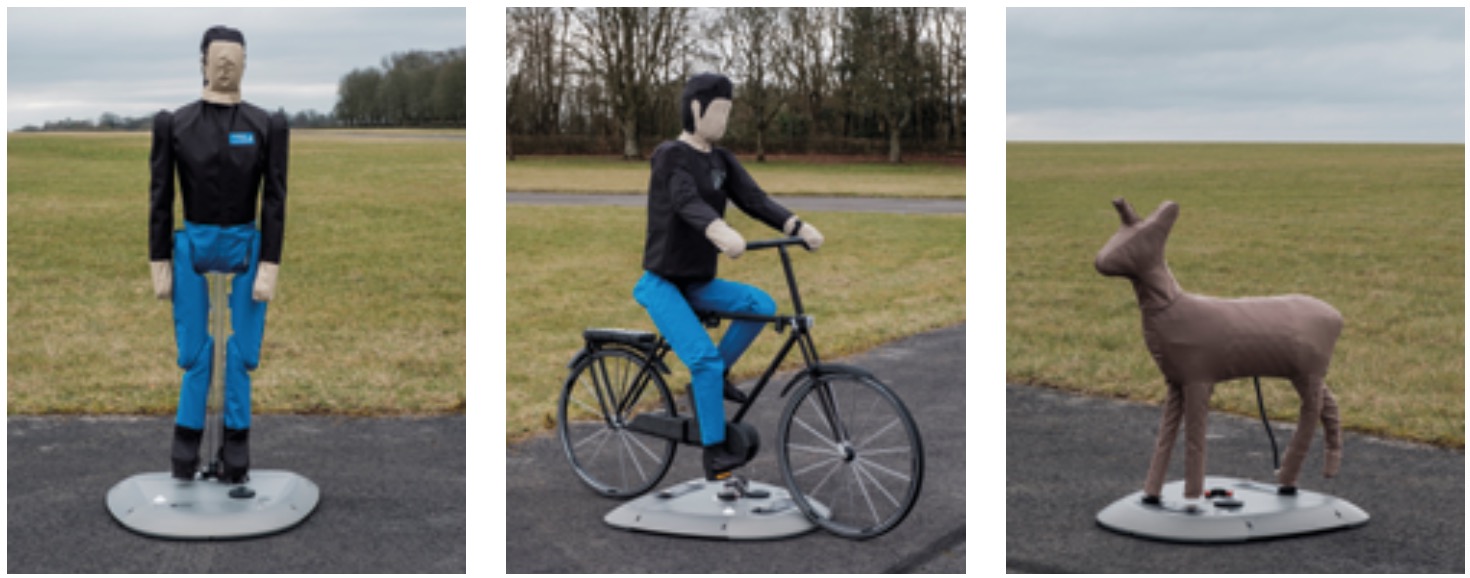
LaunchPad Spin is specifically designed to meet the requirements of urban testing environments.
Upgrade the traditional belt drive system with a fully rotating platform, easily meeting the UNECE testing program.
By incorporating VRU targets in challenging urban scenarios, join the forefront of heavy-duty commercial vehicle safety.
Leading the expected testing in the European NCAP 2030 development trend, including electric two wheeled vehicles.
Soft pedestrain target
Starting from 2016, EuroNCAP testing will include automatic emergency braking (AEB) tests using dummies instead of real pedestrians. This experiment requires the use of a controllable pedestrian model that can synchronize with the test vehicle. Our Soft Collision Pedestrian Target (SPT) uses a horizontal belt propulsion system, so there is no need for a high-altitude gantry (according to EuroNCAP observation, the gantry will affect the test results). This also makes soft collision pedestrian targets a portable system that can be quickly installed on any test track.
The soft collision pedestrian target uses standard steering robot motors and controllers as driving units, and is set using easy-to-use RC software, making it convenient for existing robot users to become familiar with and use. Users can use their existing steering robots (SR60 or SR60Torus) to reduce the cost of pedestrian systems, and steering robots can be easily and quickly installed and disassembled on pedestrian systems. In addition, there is another option with a built-in dedicated motor to choose from.

Soft Pedestrian 360TM
As a new generation of articulated alternative pedestrian targets, DRI's Soft Pedestrian 360TM brings VRU testing to a new level of realism.
The precise articulation method, including the upper body joints, enables natural movement and synchronizes gait with platform speed, making acceleration and deceleration more realistic than ever before. The realistic gait of the Soft Pedestrian 360 even extends to running, and it actually looks more like running rather than simply brisk walking.
The Soft Pedestrian 360 was developed by the same team as DRI, who launched the iconic Soft Car 360TM. It is the culmination of years of testing experience in collaboration with world leading OEMs and the National Highway Traffic Safety Administration (NHTSA) in the United States.
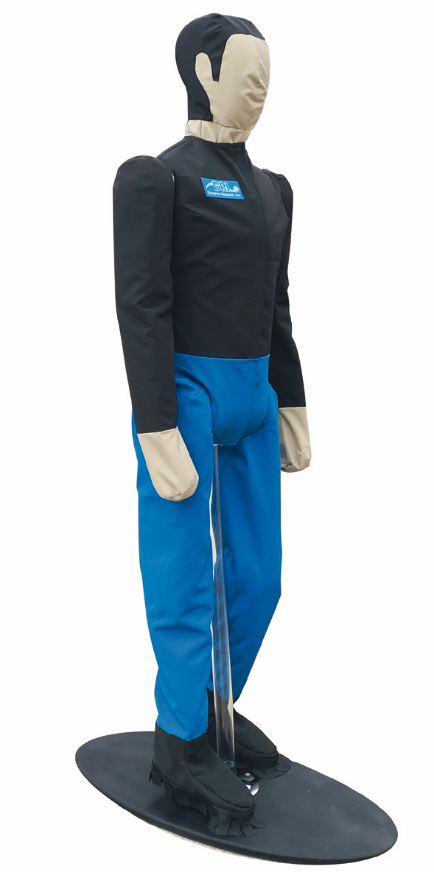
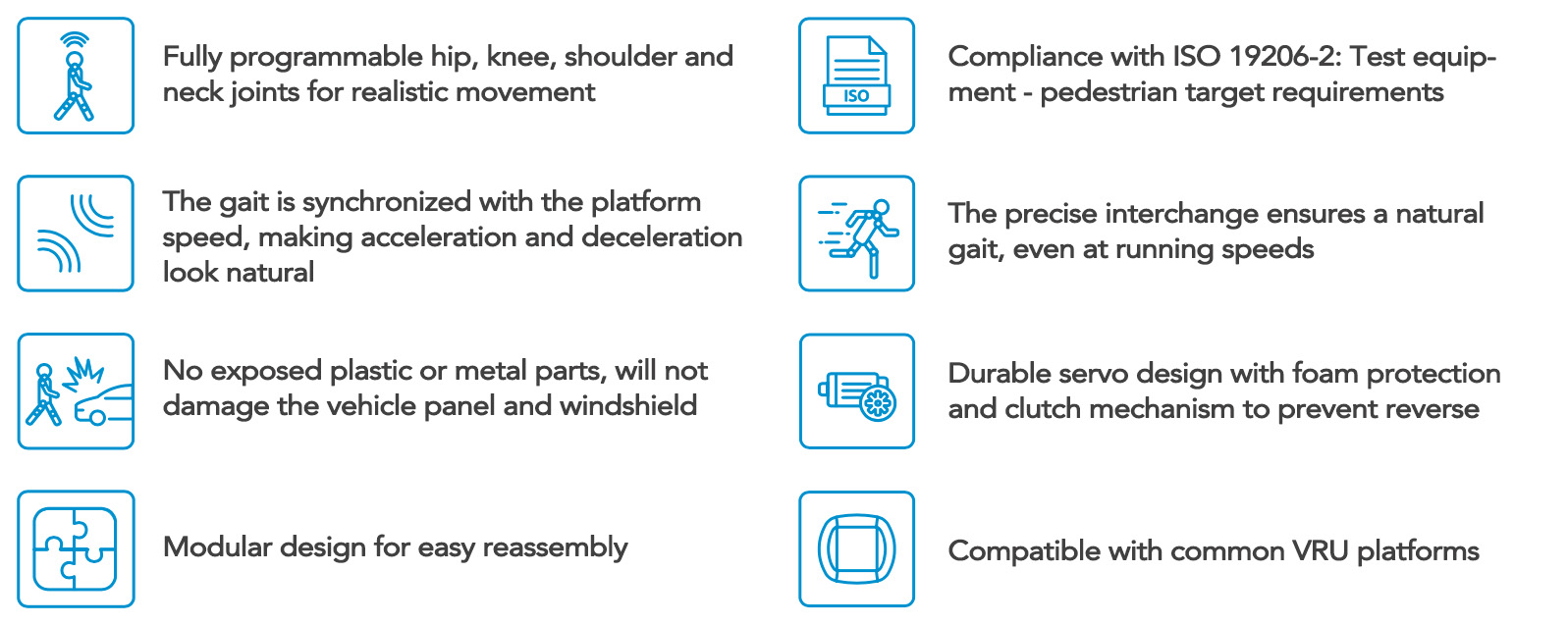
Technical specifications
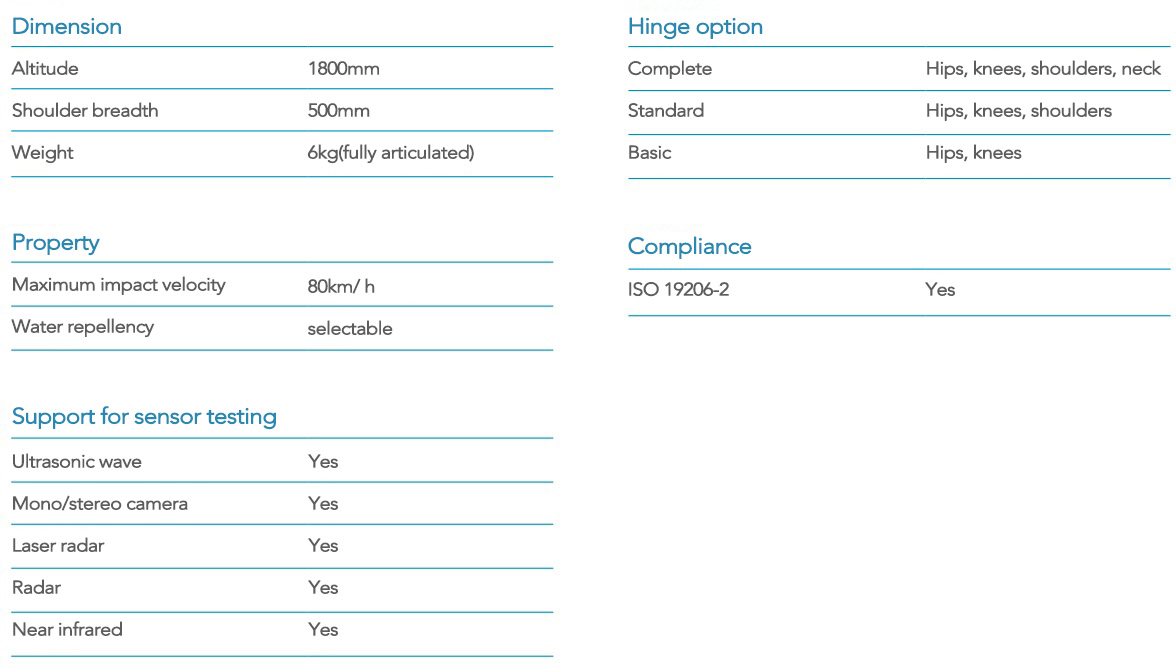
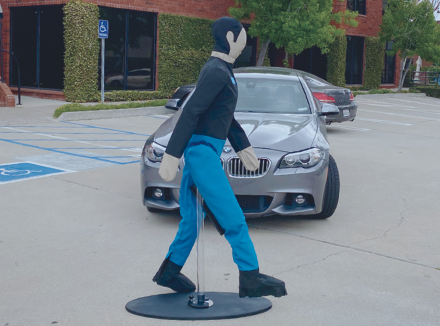
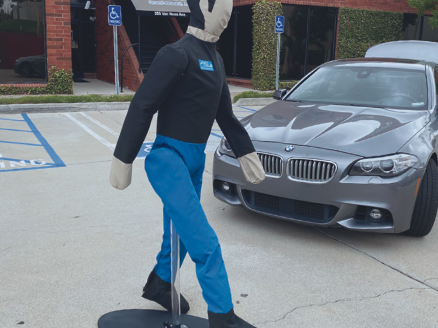
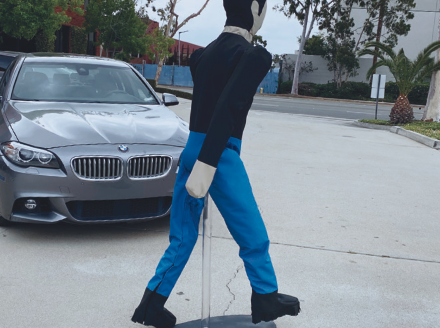
Soft Motorcycle 360TM
DRI's Soft Motorcycle 360 is a durable and realistic alternative to motorcycle targets, capable of maintaining stability even at speeds of up to 80km/h. Its rotating wheels and realistic shape mean it can be accurately recognized by the vehicle's sensor system, including cameras, radar, and LiDAR.
Durability is the key to the design of Soft Motorcycle 360. Its lightweight foam structure can minimize the possibility of damage to vehicles and targets. In addition, due to its modular design, even if the parts are damaged, they can be easily and quickly replaced.
Soft Motorcycle 360 was developed by the same team as DRI, who launched the iconic Soft Car 360TM. It is the culmination of years of testing experience in collaboration with world leading OEMs and the National Highway Traffic Safety Administration (NHTSA) in the United States.
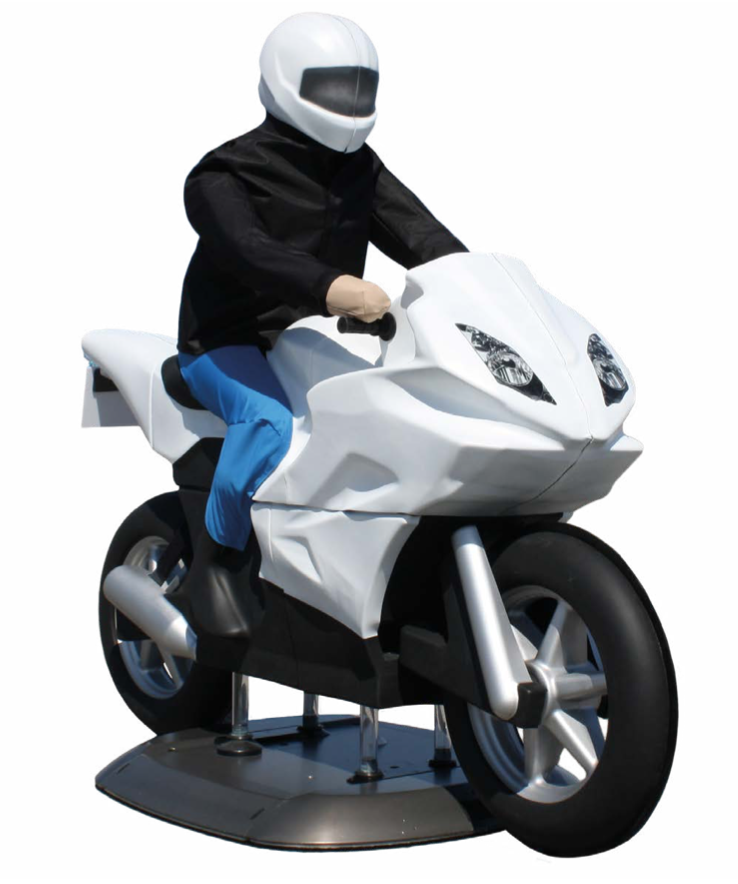
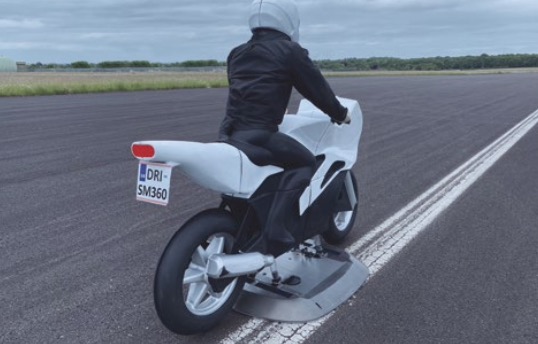
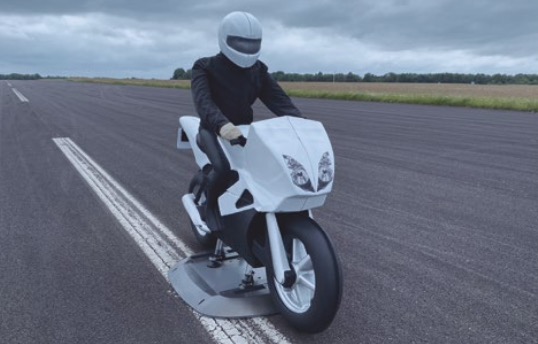
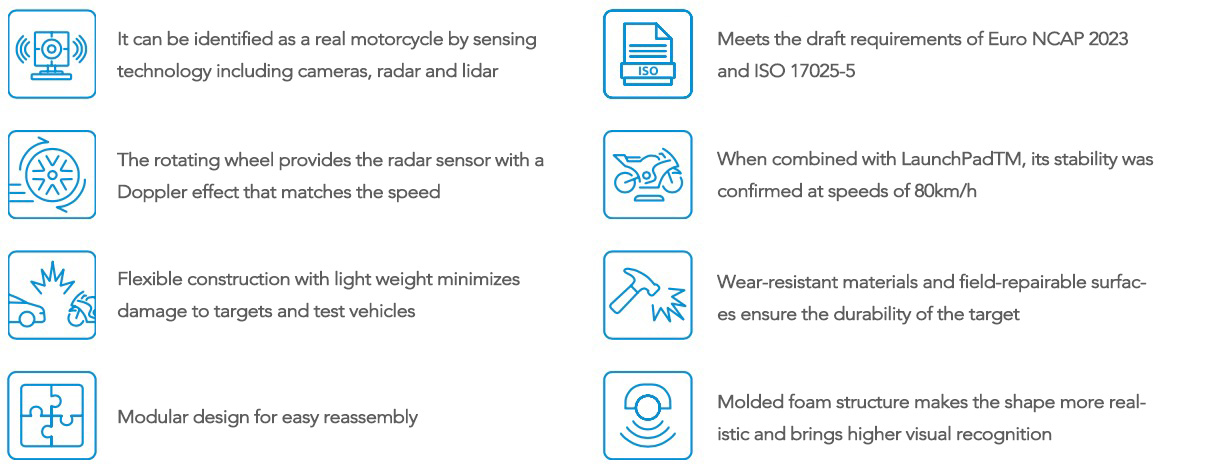
Technical specifications

Soft Scooter 360TM
The 360 soft two wheeled vehicle is a highly realistic and economical alternative to two wheeled vehicles, with a stable speed of up to 60 km/h. The realistic appearance, matching wheel rotation speed with vehicle speed, and realistic vinyl skin all enhance the recognition and detection of the vehicle's sensor system (including cameras, radar, and LiDAR).
The key to designing a 360 soft two wheeled vehicle is to focus on reducing damage to the test vehicle. To achieve this goal, the framework of the target vehicle is surrounded by tubular lightweight foam, and hard spots are minimized. The rider and scooter are separated independently, reducing potential damage.
To help improve the repeatability of your testing process, the 360 soft two wheeled vehicle adopts a modular design, which means that components are easy to replace, and each unit is also equipped with a separate spare parts kit to reduce downtime.
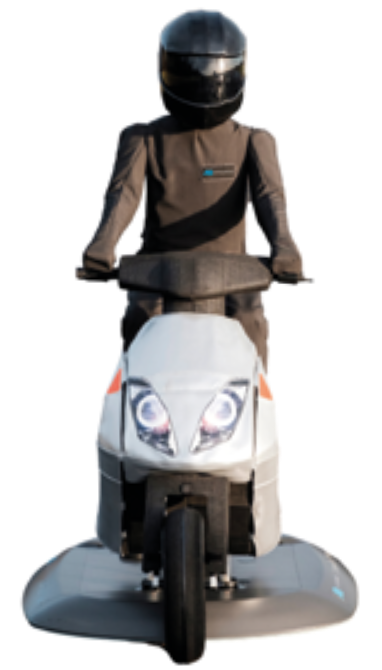
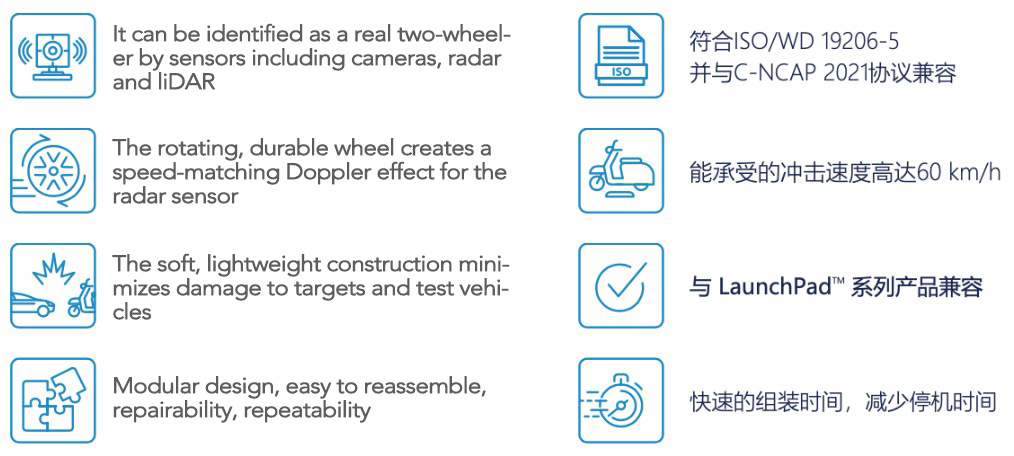
Technical specifications

Soft Car 360TM
The Soft Car 360 fake car is a lightweight and durable fake car target, and when combined with ABD's GST unmanned driving platform, it is the completion plan of ADAS testing; After actual testing and certification, it can be used for LSS testing, which requires the vehicle to approach a relative speed of up to 144kph without causing damage to the test vehicle. The Soft Car 360 fake car has been adopted and certified as the only Global Vehicle Target (GVT) that meets the requirements according to the Euro NCAP 2020 ADAS testing standard.
The radar reflection area of the G version of the Soft Car 360 fake car has been improved to fully meet the standard requirements for 360 degree proximity; Customer's old version of version F
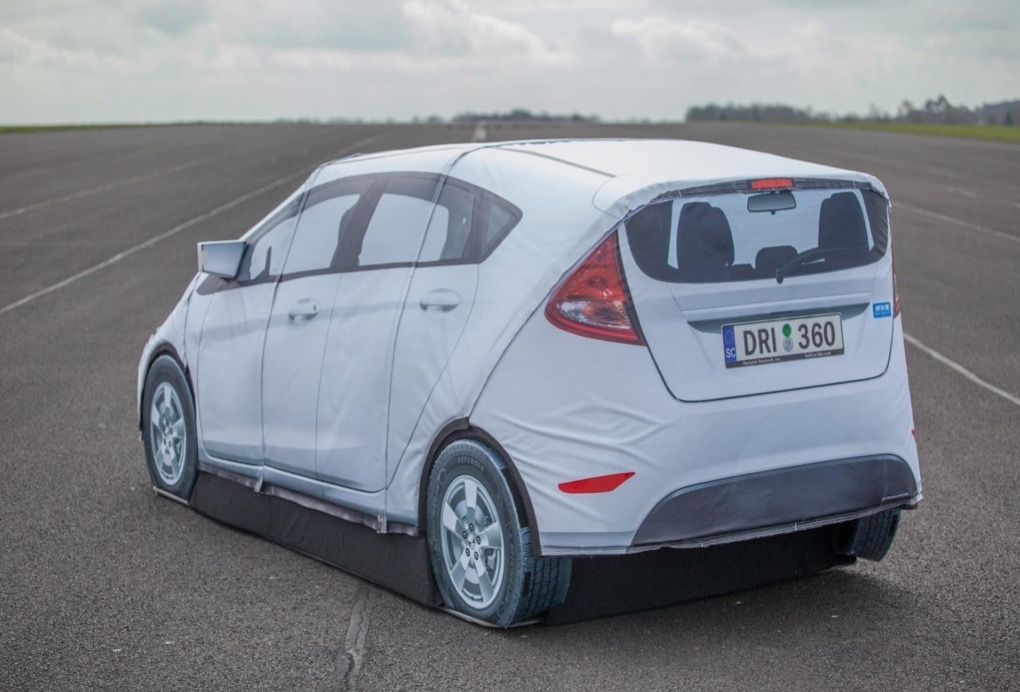
Feature
•Certified according to Euro NCAP 2020 testing standards
•Aerodynamic characteristics are stable and can be used for high-speed testing
•Capable of performing ADAS tests such as LSS, with vehicles approaching speeds of up to 144kph
•Each Soft Car 360 fake car component can be used as a separate spare part
•The F-version body can be easily upgraded to the G-version fake car
•Assembly time of less than 8 minutes
• foam body structure, fixed by VelcroTM Velcro
• Realistic vinyl outerwear
• Radio and GPS antenna installed on the roof that can be bumped open
• Improved realistic radar reflection characteristics, with radar reflective materials on the front and rear bumpers, doors, and engine hood
• Printed headlights and license plates with reflective characteristics
• Bottom skirt with radar absorption function
• All foam wheels have a built-in metal triangle
• Realistic detachable rearview mirrors

GTC RemoteTM
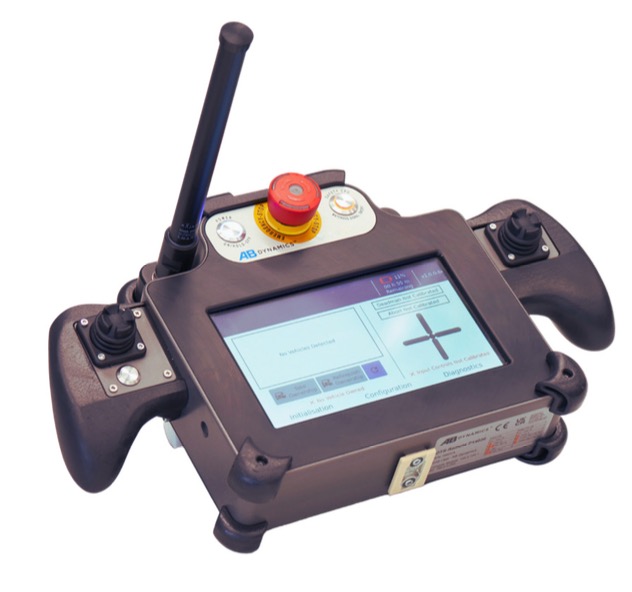
GTC Remote is a highly portable handheld device that can be used to simplify the operation of any AB Dynamics mobile ADAS platform, including the new LaunchPadTM Spin.
GTC Remote combines industry-leading security with the latest GTC autonomous driving software, integrating various components of typical static base station settings in portable devices, including vehicle control input devices, radios, and security controllers. For pedestrian and cyclist ADAS testing that only requires a single testing platform, GTC Remote is your ideal choice, eliminating the need for multiple hardware components, simplifying software workflows, enabling faster setup, and saving more time for field testing.
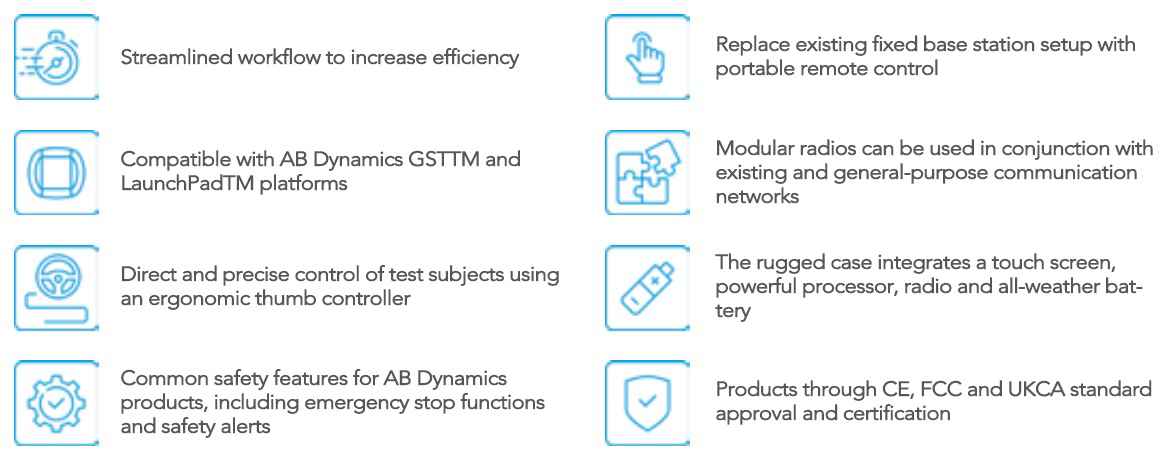
Technical specifications
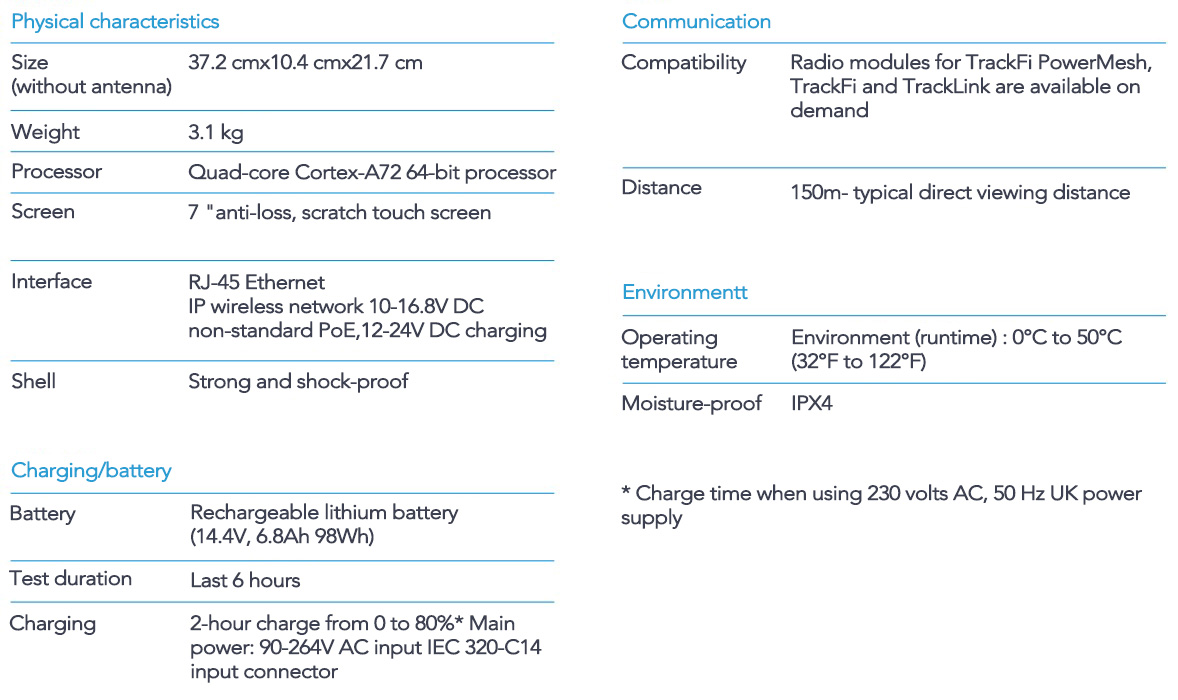
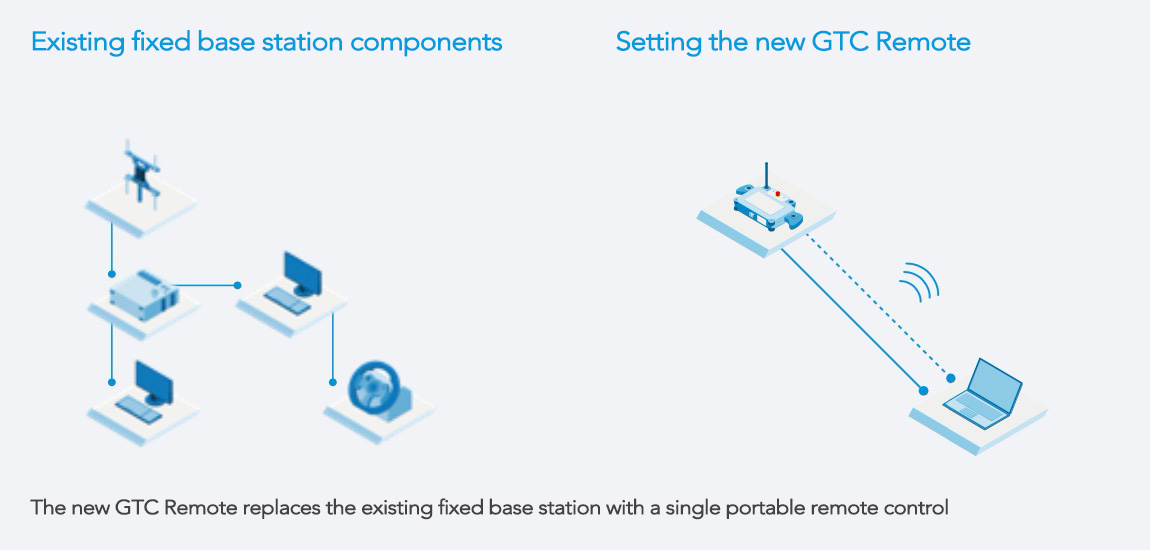
Flex-0
Flex-0 provides a compact solution for controlling the actuators of the vehicle itself through CAN or wire control. Flex-0 uses a software suite that can be used to complete various standard tests without the need to install driving robots in the vehicle, and can achieve path following and synchronization. The controller communicates with the vehicle through the CAN protocol, and this control interface can only be achieved through cooperation between us and the original equipment supplier (OEM). We provide customers with a standard CAN control protocol that can be converted into a vehicle recognizable format. Even, we can customize control protocols for our customers. Flex-0 can also be used in Autonomous Driving Test Systems (DTS), allowing testing to be conducted without a driver in the vehicle.

Capture+Review
Capture+Review provides a video integration capture solution for vehicle testing. It can record videos from up to four cameras or computer integrated cameras, and can be overlaid with the data channels of our driving robots. The video can be synchronously embedded into the recorded data without the need for subsequent synchronization processing by the user.
When playing back the experimental data curve, the experimental video can be played back synchronously with the data.
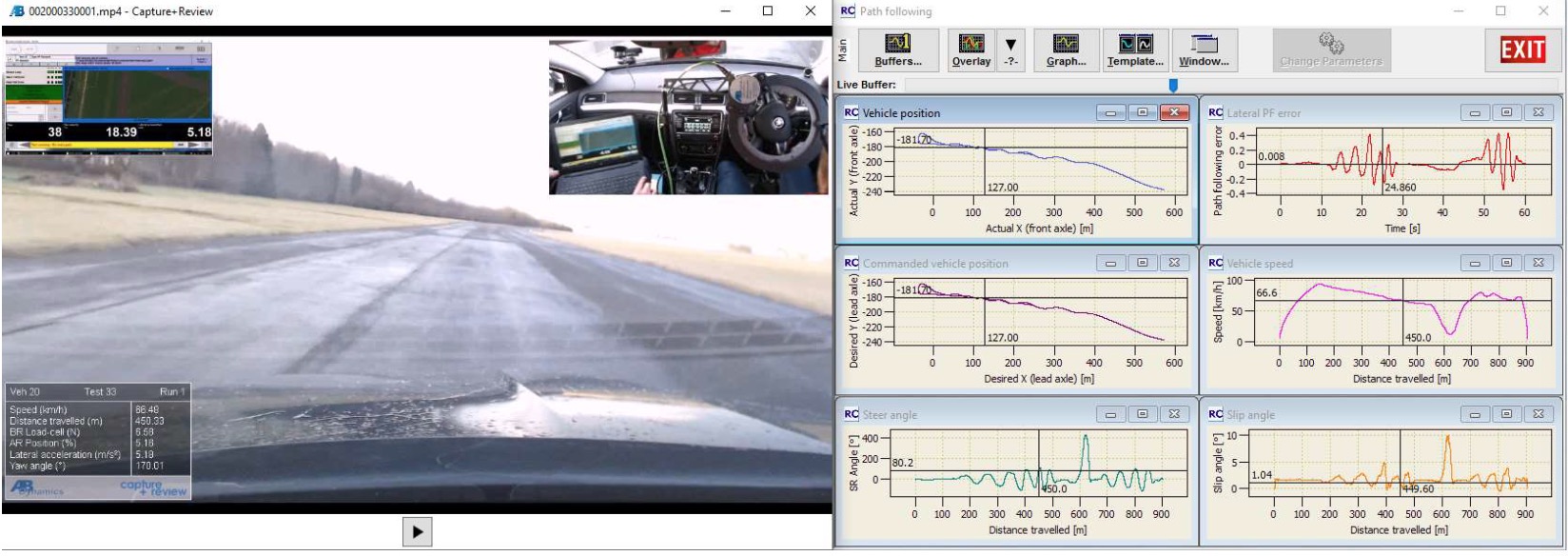
Capture+Review is a system consisting of a USB camera and software modules that can be used for all robot controllers. The system comes standard with two high-definition (1080p) USB network cameras and fixed fixtures that can be used for in car installation.
Overview
1. Can be used together with all robot controllers;
2. Customizable video overlay, capable of receiving up to four signal sources (independent cameras or computer integrated cameras);
3. Allow users to synchronize and overlay selected data channels with videos;
4. Accurate evaluation of auxiliary vehicle or ADAS performance;
5. Provide perfect video and data basis for vehicle testing.
